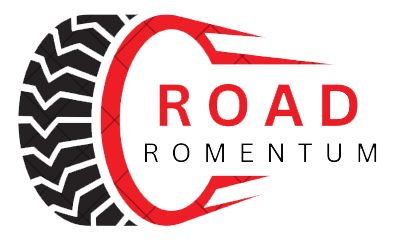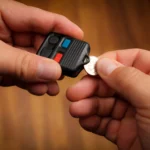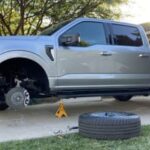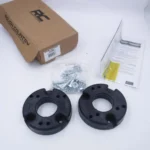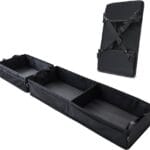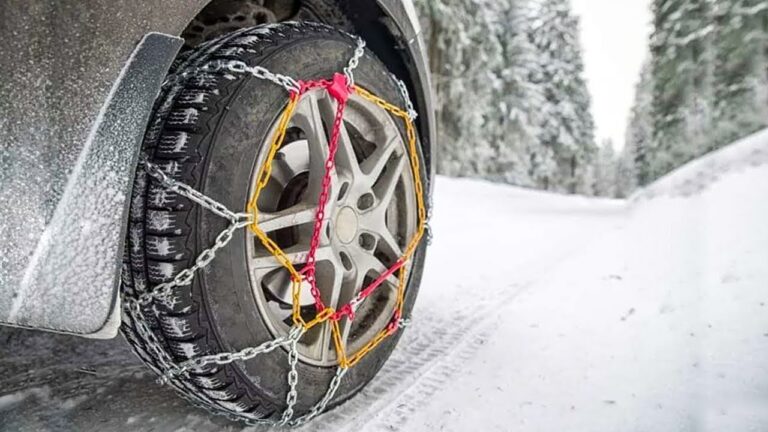Where To Put Jack On F150 Rear
If you ever need to change a tire or perform maintenance on your Ford F150, knowing where to place the jack safely is crucial. While it may seem straightforward, using the wrong jack points can be hazardous and damage your truck. Specifically, for rear tire changes or repairs, finding the right spot on your F150’s rear to place the jack ensures that your truck remains stable and secure during the lifting process.
So, where exactly should you put the jack on the rear of an F150? Let’s break it down.
Key Takeaways
The jacking points for a Ford F-150 are located behind the front wheels and in front of the back wheels, close to the rocker panels. There may also be central jack points behind the bumpers.
Here are some steps for jacking up a Ford F-150:
- Place the jack stand under the rear axle
- Slowly lower the vehicle until it is stable on the jack stand
- To lower the vehicle, reposition the jack and raise the vehicle until the jack stand can be removed
- Gently lower the vehicle to the ground
The owner’s manual should have the exact location of the jack points.
Understanding the Jack Points on an F150
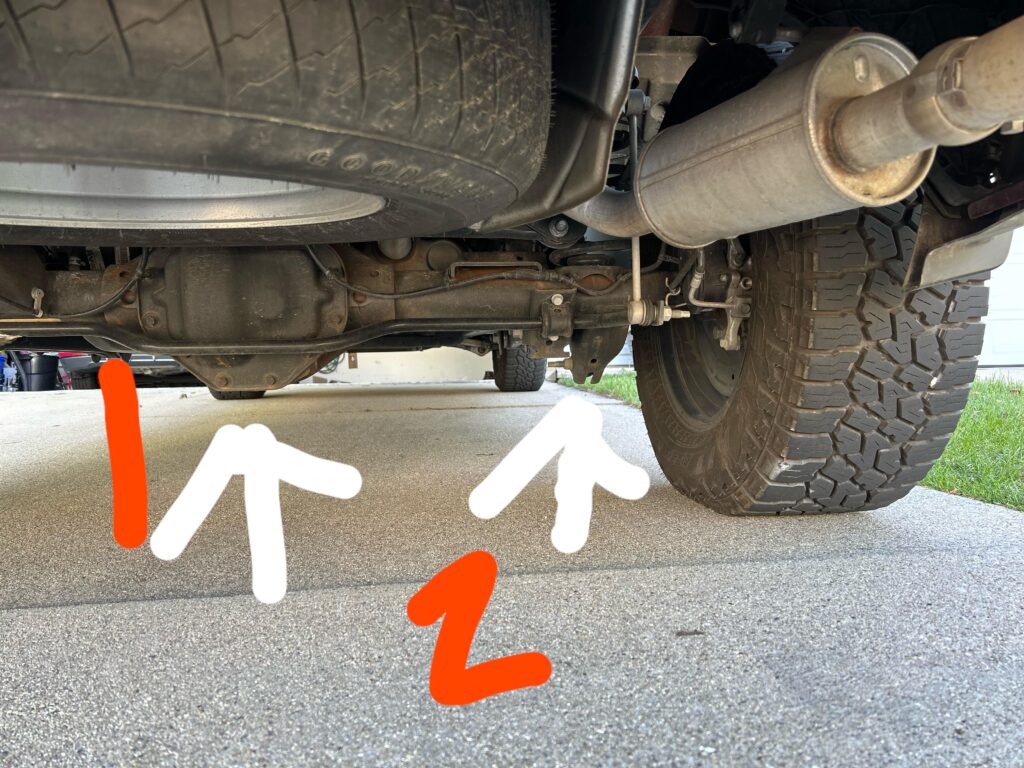
Every vehicle, including the Ford F150, has designated jack points to ensure the weight of the truck is supported safely when raised. These points are reinforced to handle the pressure of lifting and prevent damage to the vehicle’s frame or body.
On an F150, the rear jack points are located near the rear axle, which is where you’ll want to position the jack to lift the back end of the truck.
The Best Place to Jack Up the Rear of Your F150
When jacking up the rear of your F150, the safest and most secure point to place the jack is directly under the rear differential or close to the leaf spring mounts. These areas are designed to handle the truck’s weight and will keep it balanced during lifting.
Here’s how to find these key points:
1. Rear Differential
The rear differential is located in the center of the rear axle and is easily identifiable by its rounded shape. This is the central hub that connects both rear wheels and distributes power to them. Placing the jack under the rear differential is the most common method for lifting the back of an F150 because it’s a sturdy, central spot that can evenly distribute the truck’s weight.
- Step-by-Step:
- Slide the jack under the rear of the truck and position it directly beneath the rear differential.
- Slowly pump the jack to raise the truck until the rear wheels are off the ground.
- Ensure that the truck remains stable as you lift.

2. Leaf Spring Mounts
Another secure option for jacking up the rear is placing the jack under the leaf spring mounts. These are located on both sides of the rear axle and provide additional support for lifting.
- Step-by-Step:
- Identify the leaf springs—they are part of the suspension system that helps absorb the impact of the road and can be found just above the rear axle.
- Position the jack under the sturdy mounting points of the leaf springs, located near the rear wheels.
- Raise the truck carefully, ensuring even lifting on both sides if you’re jacking from just one side of the rear.
Important Tips for Jacking Up Your F150
While placing the jack in the correct position is essential, there are other important safety considerations to keep in mind when lifting your F150:
1. Use a Proper Jack
Always use a jack that’s rated for the weight of your F150. A standard car jack may not be suitable for lifting a heavy-duty truck, so make sure you have a heavy-duty jack with the appropriate weight capacity. The Ford F150, depending on the model and configuration, can weigh anywhere from 4,000 to over 5,500 pounds, so your jack needs to be able to handle that load.
2. Utilize Jack Stands
Never rely solely on the jack to hold your truck in place. Once the truck is lifted, place the jack stands under the frame or axle to ensure stability. This adds an extra layer of safety, preventing the truck from falling if the jack fails.
- Jack stands should be placed at solid, reinforced points, such as the frame rail, or close to the jack points like the leaf spring mounts.

3. Engage the Parking Brake
Before lifting your F150, always engage the parking brake to ensure that the truck doesn’t roll or shift while you’re working on it. Additionally, placing wheel chocks on the front wheels will provide added security.
4. Perform the Lift on Level Ground
Make sure you’re lifting your truck on a flat, stable surface. Uneven ground can cause the jack to slip or the truck to become unbalanced, increasing the risk of an accident.
5. Double-Check Tire Pressure
If you’re jacking up the truck to change or rotate tires, be sure to check tire pressure before installing the new or rotated tires. Proper tire inflation ensures safer driving and reduces wear and tear on your tires.
Why Proper Jack Placement Matters
Correct jack placement is not only about safety; it’s also about protecting your truck from unnecessary damage. Using improper jack points can lead to:
- Frame damage: Lifting your F150 from the wrong area can warp or damage the truck’s frame, leading to costly repairs.
- Axle strain: Incorrect jack placement can put too much pressure on certain parts of the axle or suspension, potentially causing long-term damage.
- Instability: If your truck isn’t properly balanced during a lift, it can slip off the jack, leading to injuries or damage to the truck.
By following the correct procedure and using the right jack points, you can safely lift your F150 and avoid these issues.
Common Mistakes to Avoid
Even with the best intentions, mistakes can happen. Here are a few common errors to watch out for when lifting the rear of your F150:

1. Jacking Up on Non-Reinforced Areas
Some F150 owners make the mistake of placing the jack on areas that aren’t meant to support the truck’s weight, like the sheet metal of the body. This can cause dents or even puncture the body of your truck.
2. Not Using Jack Stands
Many people rely solely on the jack when performing quick tire changes or maintenance tasks. This is dangerous, as jacks can fail or lose pressure. Always use jack stands to provide additional stability.
3. Forgetting to Check for Stability
Once the truck is lifted, always double-check that it’s stable before working underneath or around it. Gently shake the truck to ensure it’s not wobbly or prone to tipping over.
Conclusion: Safely Lifting Your F150’s Rear
When it comes to lifting the rear of your Ford F150, knowing where to place the jack is essential for both the safety and the protection of your truck. Whether you’re using the rear differential or the leaf spring mounts, following the right steps ensures a secure and smooth process. Always use jack stands, a proper jack, and common safety precautions to get the job done right.
For more expert tips on maintaining and upgrading your Ford F150, head over to Road Momentum—your trusted source for all things automotive!
